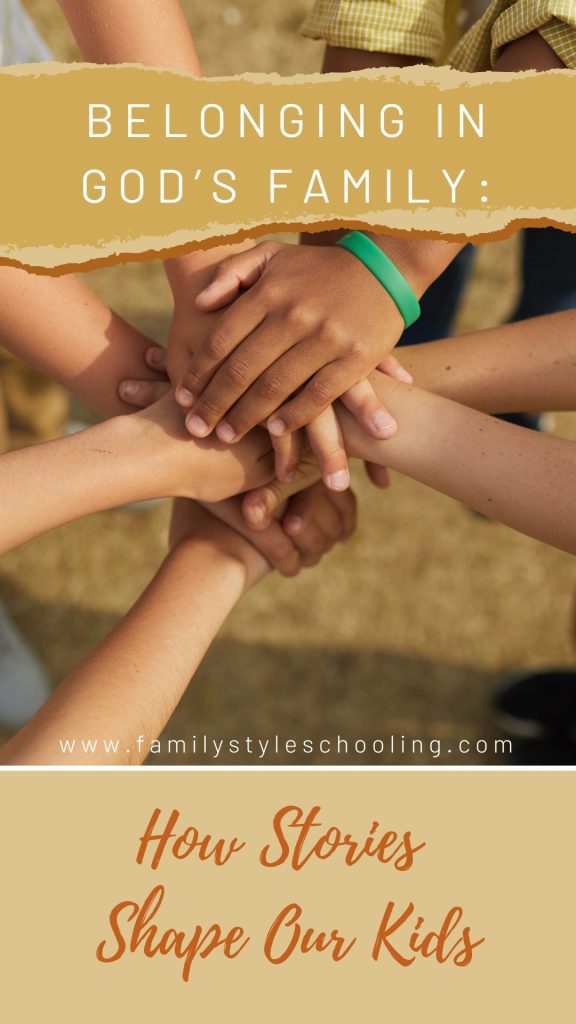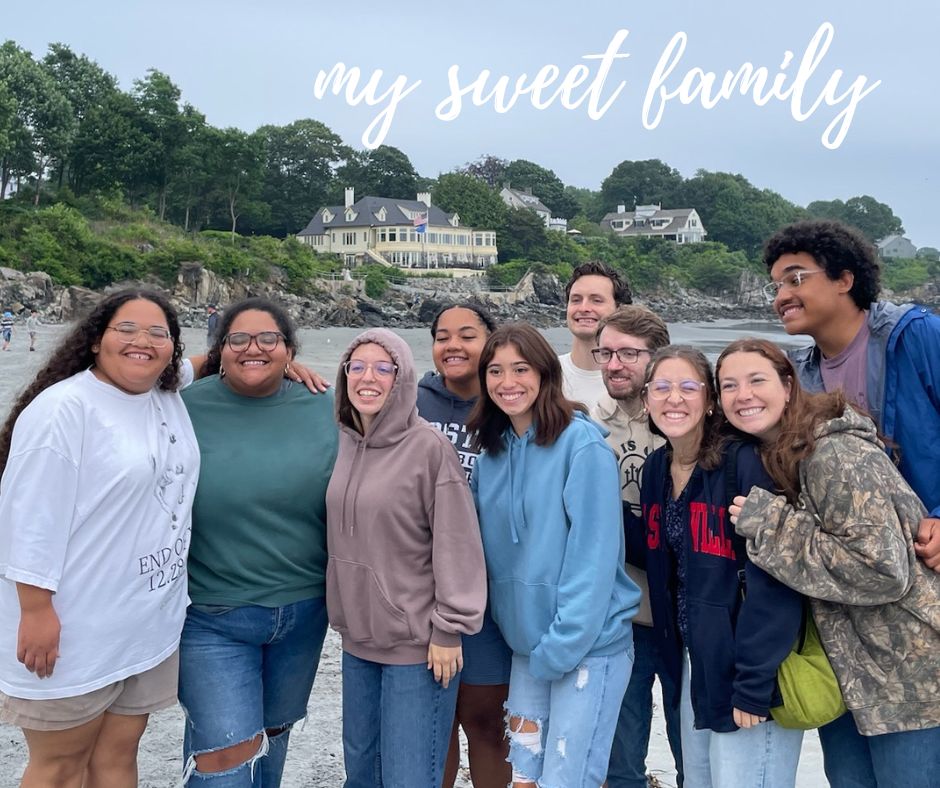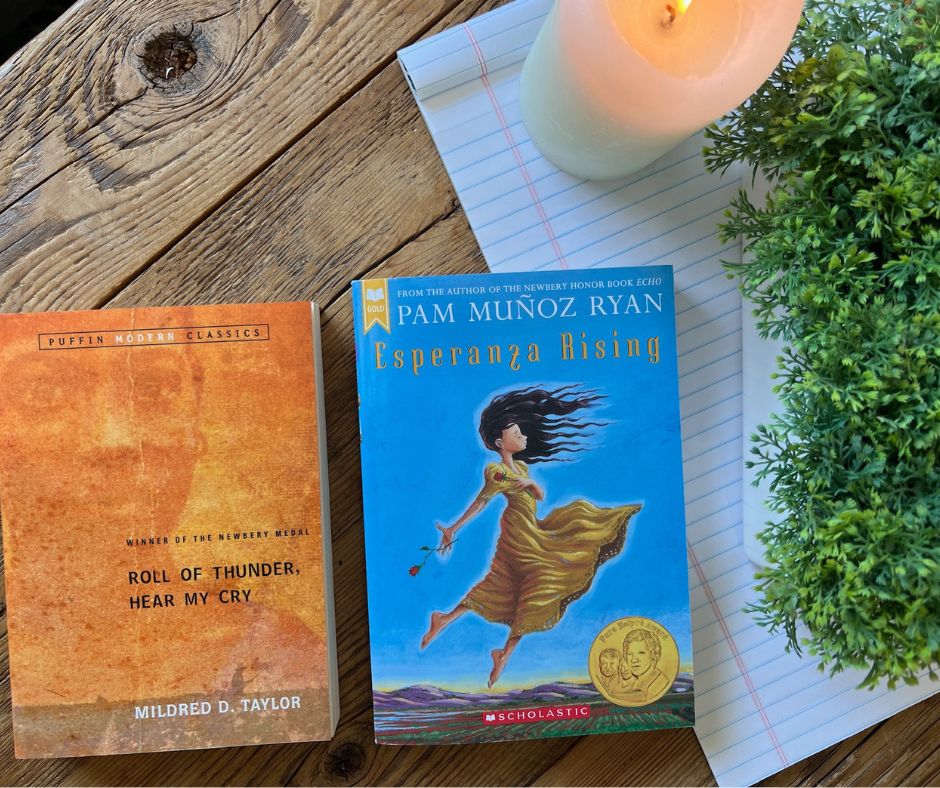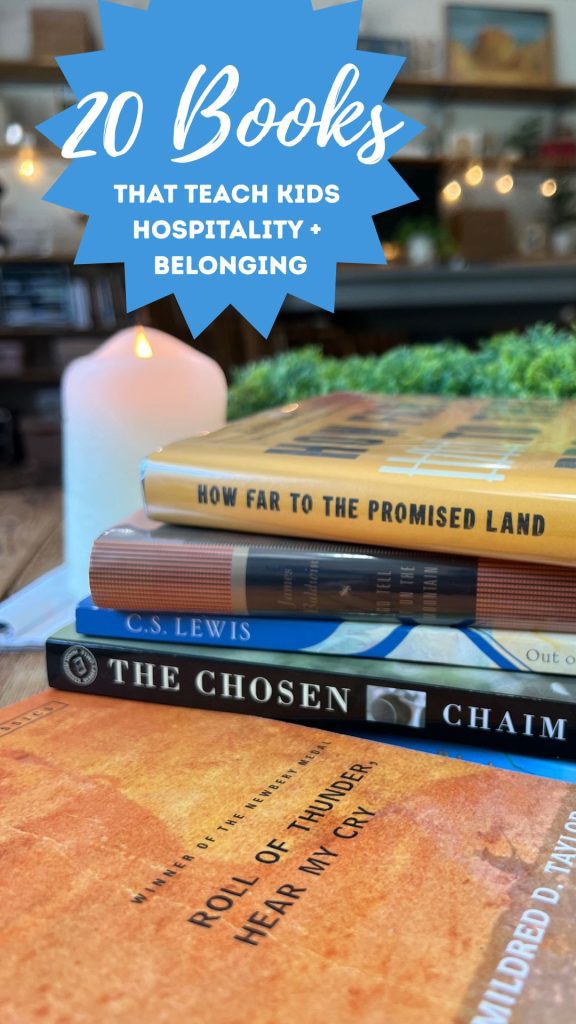Hospitality Through Story: Teaching Kids to Love Their Neighbors
When Jesus told the story of the Good Samaritan, His listeners were shocked. The hero of the story wasn’t the religious leader or the respected citizen—it was the person they least expected. A neighbor who crossed cultural, religious, and social boundaries to show mercy.
That’s the heart of hospitality: creating space for someone else, even when they’re different from us. And one of the simplest, most powerful ways we can help our kids practice this kind of hospitality is through story.

Stories as Hospitality
Books are more than entertainment. They’re mirrors, windows, and even doors. They can reflect a child’s own life back to them, helping them feel seen and valued. They can open a window into another person’s world, giving a glimpse of experiences that are different from theirs. And sometimes, they’re sliding glass doors—an invitation to walk inside and imagine life from someone else’s perspective.
When kids read a story that shows a character who looks like them, loves like them, or struggles like them, they feel less alone. That’s hospitality. And when they read about someone very different—someone from another culture, time period, or family—they learn to extend hospitality, to hold space for someone else’s story.

Why It Matters
Hospitality isn’t just about snacks and open doors (though those are wonderful too!). It’s about forming a heart posture in our kids: to notice, to listen, and to care. Stories train that muscle. They invite our children to sit quietly with someone else’s experience, to listen without rushing in to fix or dismiss.
In a world that can feel divided, that practice is more than a nicety—it’s a necessity. We need kids who know how to love their neighbors, even when their neighbors’ stories are very different from their own.
Stories of Belonging in My Own Family
For me, this isn’t just an abstract idea—it’s family. My extended family is a beautiful, multicultural blend, and my children have grown up surrounded by cousins, aunts, and uncles whose lives and stories don’t look exactly like their own. That has been one of the greatest gifts.
Through their eyes, I’ve learned to see the world differently. To notice the quiet ways culture shapes belonging—or whispers that you should mute yourself to avoid standing out. I’ve seen how much it matters for kids to pick up a book and find a story that looks like theirs, one that tells them: you belong, right here, just as you are.

But when the stories aren’t there? Kids notice that too. They feel the absence. And sometimes they draw conclusions—that in order to belong, they need to shrink, stay quiet, or hide what makes them unique.
That’s why the books we choose matter so deeply. They either confirm or challenge the stories our kids are already telling themselves about belonging.
📚 Books That Speak to Belonging
Here are some favorites that mirror the tension of belonging—celebrating kids’ identities while also honoring the struggle of being different.
Elementary
- The Day You Begin by Jacqueline Woodson — courage to speak up when you feel out of place.
- Eyes That Kiss in the Corners by Joanna Ho — lyrical affirmation of cultural beauty.
- Those Shoes by Maribeth Boelts — fitting in, generosity, and true belonging.
Middle School
- Front Desk by Kelly Yang — an immigrant girl juggling family responsibilities and fitting in.
- Brown Girl Dreaming by Jacqueline Woodson — memoir-in-verse about finding identity between worlds.
- Other Words for Home by Jasmine Warga — a Syrian girl navigating life in America and learning to belong.
High School
- Drawing from Memory by Allen Say — a moving memoir of childhood, mentorship, and cultural belonging in Japan and America.
- The Poet X by Elizabeth Acevedo — a Dominican-American teen learning to use her voice.
- Go Tell It on the Mountain by James Baldwin — wrestling with faith, family, and belonging in Harlem.
An Invitation
If you’re building a bookshelf at home or shaping a classroom library, don’t just think in terms of “good stories” and “fun reads.” Think in terms of belonging. Ask yourself: What books will show my child a face like theirs? What books will give them a window into someone else’s life? What books will stretch them in ways that are uncomfortable but good?
That’s what I’ve watched in my own family. My kids’ perspective on the world has been shaped by the diversity of our extended family, and my own perspective has been shaped by seeing through their eyes. Books can extend that gift—they remind kids they are not alone in their uniqueness, and they help them understand others who live differently.
Of course, as parents and educators, we are the guides. Preview what goes on the shelf. Decide what they’re ready for now and what should be saved for later. That’s not fear—it’s wisdom. Our role isn’t to shield our kids from every difficult story, but to walk with them through stories at the right time, with the right words, and with the reassurance that their identity is secure in God’s image.
Because in the end, hospitality through story is more than an educational strategy. It’s discipleship. It’s raising kids who know how to love their neighbors—those who look like them and those who don’t. And when we fill our shelves with mirrors, windows, and doors, we give them the tools to see themselves clearly, to listen to others generously, and to live out the kind of belonging that reflects the heart of God.

📚 Recommended Books for Practicing Hospitality Through Story
Elementary (ages 5–10)
- The Book of Belonging by Mariko Clark — Restores women and cultural names into Bible stories, helping all kids see themselves in God’s story.
- Last Stop on Market Street by Matt de la Peña — A beautiful story about noticing beauty, generosity, and people often overlooked.
- The Day You Begin by Jacqueline Woodson — Gentle encouragement for kids who feel different from those around them.
- The Name Jar by Yangsook Choi — A story about cultural identity, names, and the courage to belong.
Middle School (ages 11–13)
- Esperanza Rising by Pam Muñoz Ryan — A Mexican migrant girl’s journey of loss, resilience, and hope.
- Inside Out and Back Again by Thanhhà Lai — A Vietnamese refugee’s story told in moving verse.
- Wonder by R. J. Palacio — A novel about empathy, kindness, and learning to see beyond appearances.
- Roll of Thunder, Hear My Cry by Mildred D. Taylor — Powerful portrayal of African American family life during the Jim Crow era.
High School (ages 14–18)
- Go Tell It on the Mountain by James Baldwin — Honest wrestling with faith, family, and race in Harlem.
- Out of the Silent Planet by C. S. Lewis — A classic that critiques imperialism and human pride.
- Their Eyes Were Watching God by Zora Neale Hurston — A story of love, voice, and resilience in African American womanhood.
- The Chosen by Chaim Potok — Explores friendship, faith, and identity in Jewish communities in Brooklyn.
👉 A simple practice: Read in pairs. Choose one “classic” and one “window” story, and read them side by side. Let your kids compare and talk about what feels familiar and what feels new. That act alone is practicing hospitality—on the page and in the heart.
Betsy Strauss is an unexpected homeschooler, mother of three, who is in a relationship with a sweet man for life. She loves reading books, drinking coffee, and learning anything with her kids.


